What tips can you provide to help get my house winterized?
There are two stages to winterizing your home safely and securely.
1) The first area that must be addressed is the outside of your home. Identify the main emergency shutoff valve for all water entering your house. Whether it is at the well house, or at the street, or in your basement, all members of your family should know where this valve is and how to shut it off. You may need a street key to turn the water off at the street (JON M25-536).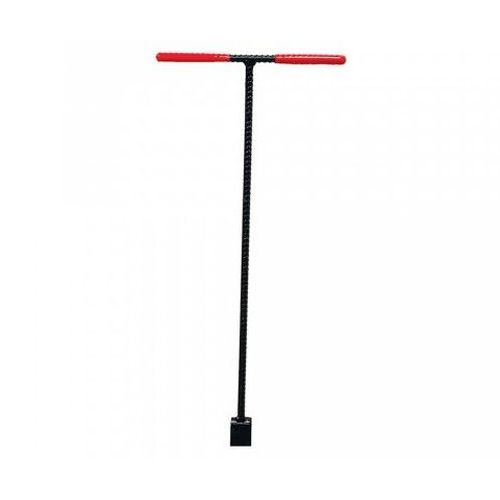
Next, go around your house and visually inspect. Are there any cracks or bends in your siding? Do you see daylight between some bricks? Are all foundation or exterior vents sealed and closed? Don't just walk around, look and identify your problems.![]()
One problem almost always missed is your hose and hydrant connections. ALL HOSES MUST BE REMOVED FROM OUTSIDE WALL HYDRANTS. If a hose is attached, the water can freeze inside the fixture and cause damage to your home and the hydrant. Remove the hose and attach a Hydrant Cover (WAL 686042) to keep your home safe.
2) The second step to winterizing your home is to look at the inside of your residence. If you have pipes that are located in an unheated garage, crawl space under your house, or near a less insulated area in your home, take the time to insulate those pipes and faucets. We have several tapes, insulation kits and pipe insulation that can be used.
Lastly, when the cold weather arrives and days of freezing are predicted, its time to keep water dripping from your faucets and keep kitchen and bathroom cabinets open to allow warmer air to circulate around the plumbing.
Pay attention to your home and you should not have a problem keeping her warm and safe.
My electric bill just arrived, and it's up 35% over last year! What can I do to help my house become more energy efficient in the winter?
Depending on how cold the temperatures go, your electric and gas bills can skyrocket! If a long cold snap settles in for a two week stay, your monthly bill could jump even higher than 35%. There are a few things you can do to help.
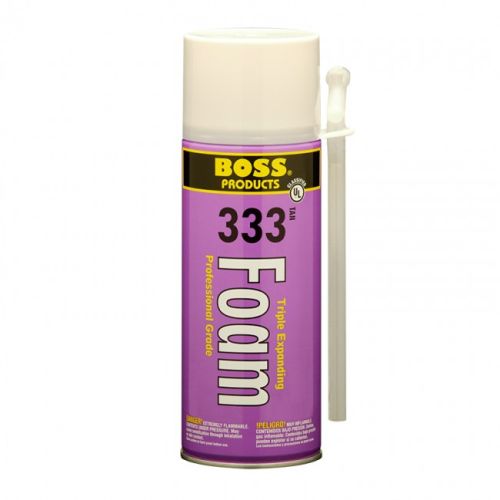 First, seal up all the possible openings you may have throughout your home with Boss 333 Foam Expanding Sealant. Cold air coming in makes your heating system work harder, increasing your bills and lowering your ambient temperature.
First, seal up all the possible openings you may have throughout your home with Boss 333 Foam Expanding Sealant. Cold air coming in makes your heating system work harder, increasing your bills and lowering your ambient temperature.
Second, change your air filters. If your system is running more frequently in the winter, the filters become clogged and reduce the airflow and efficiency of the system.
Changing your filters will provide you with more airflow, cleaner air, and lower energy bills.
Lastly, consider buying a new thermostat. Getting a programmable, or even better, a WiFi-enabled smart thermostat, will automatically lower the heat when you're asleep or away from your home. This can save you a tremendous amount on your energy bills. Even changing your older thermostat to a new digital non-programmable thermostat by Pro1 can help you keep the energy bills lower.
Do not forget to keep all doors and windows shut and sealed when not in use. You would be surprised how much money can be lost by leaving the door open while talking to a friend, or opening the window for some fresh air and forgetting that it's open when you leave the room.
Follow these tips and you will see your energy bill drop again soon.
I change the batteries in my smoke detector every 6 months. My question is, is there ever a reason to replace a working smoke detector? The four I have are 22 years old and still beep when I test them semi-annually.
The National Fire Protection Association recommends that ALL smoke detectors be replaced at least every ten years, even if they still seem to be working. Over time, dust gathers on the sensors, making the smoke alarm less capable. In the event of a fire, every second counts and the sensors in smoke alarms need to be crisp. Even though the smoke alarms beep during testing, the sensor does deteriorate over time and the smoke detector should be replaced.
When replacing your smoke alarm, you should consider advancing the protection of your home. A hardwired smoke detector can be linked together so that if one smoke detector goes off, every detector in your home will sound. If a fire starts in the basement at the electrical panel while you are sleeping, the smoke alarm in your bedroom will rouse you awake and allow you time to escape safely.
We offer the very popular First Alert 9120B that can connect with up to twelve other smoke alarms when wired together.
I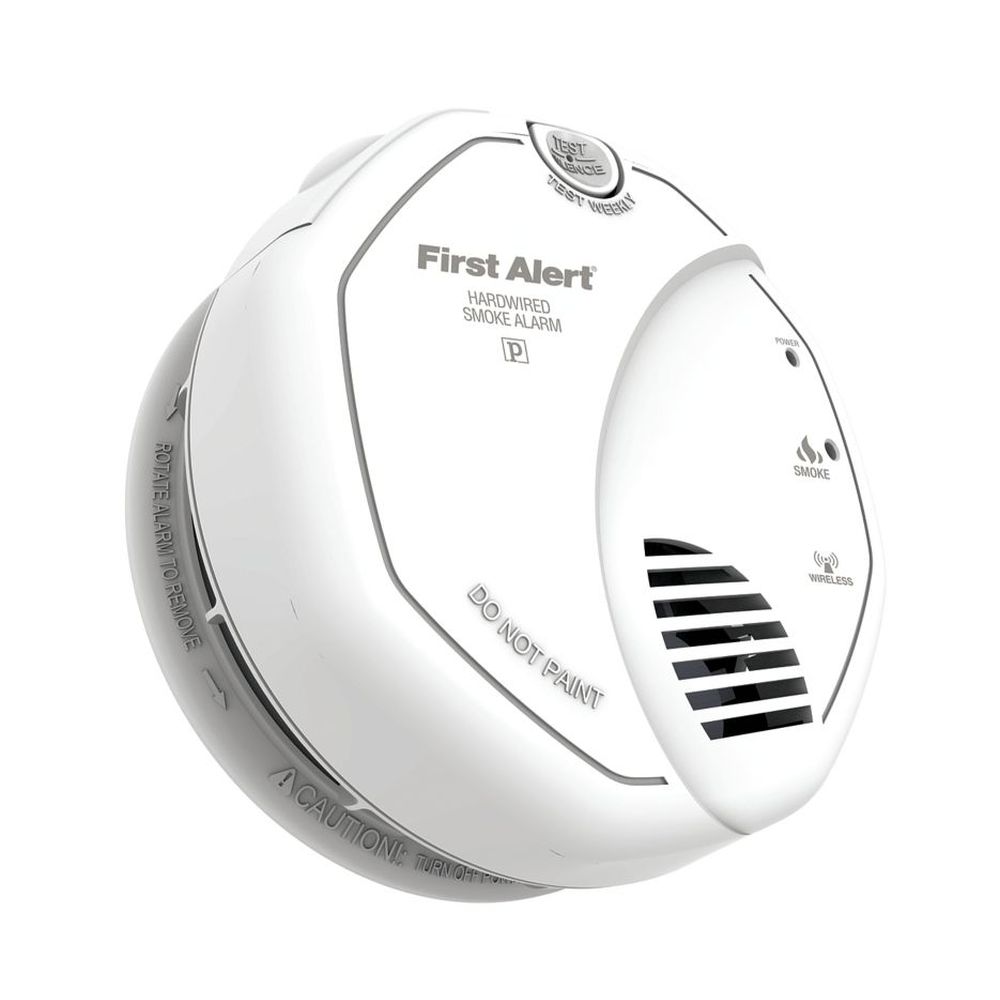 f you don’t desire the expense and hassle of running wire to all the smoke alarms, we also sell a wireless system. The base unit (First Alert SA520B) is hard wired, while up to 12 (First Alert SA511B) wireless units just require a battery to connect to the base and provide whole house protection.
f you don’t desire the expense and hassle of running wire to all the smoke alarms, we also sell a wireless system. The base unit (First Alert SA520B) is hard wired, while up to 12 (First Alert SA511B) wireless units just require a battery to connect to the base and provide whole house protection.
These smoke alarms feature a "Spread Spectrum Horn Tone" which produces a lower and varying frequency making it easier for the elderly with normal aged related hearing loss to hear the horn. They also have a voice alarm with programmable locations.
We also offer the battery powered First Alert FG250B, which is the professional standard for smoke alarms. It can not be interconnected, but also does not require any hardwiring. It has advanced sensor technology and a hinged cover design that offers fast and easy installation and battery replacement.
What is the deal with LED? Is this just a passing craze? I don't know what to do!
You are not alone in your confusion about LED. As more people learn about this amazing technology, it leads to false information and a fear of what is a major change. Most people can remember having a CRT or "Tube" television in their house. As a matter of fact, I still have one right now. When that TV is finished, it will be impossible to get a new CRT television. LCD has completely replaced the CRT. The same will soon be true with incandescent bulbs.
LED stands for "Light Emitting Diodes." The technology has been around since the 1970s, but it has only been in the last few years that it has become affordable for every application. When replacing your old incandescent bulb, there are three main 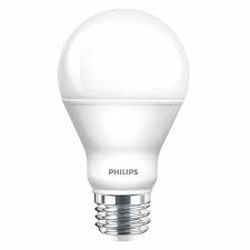 considerations:
considerations:
1) Bring the old bulb with you to the store. It's the most accurate way to make sure the new LED bulb will fit where your older bulb fit.
2) Focus On the LUMENS. This will tell you how bright the bulb will be. The higher the lumens, the brighter the bulb.
3) Check the LIGHT COLOR. Warmer color light is around 2700K, which is what the older incandescent bulbs were rated. White light is around 4000K, and piercing blue light is between 5000-6000K.
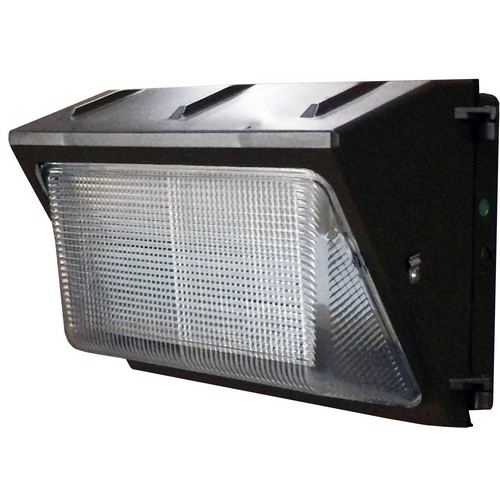 LED bulbs are now available to replace Incandescent, Fluorescent, Mercury Vapor, Metal Halide and High Pressure Sodium. They are available in a variety of bases, and some even have a ballast on the bulb itself which will further increase the efficiency of the existing feature by bypassing the older ballasts already mounted.
LED bulbs are now available to replace Incandescent, Fluorescent, Mercury Vapor, Metal Halide and High Pressure Sodium. They are available in a variety of bases, and some even have a ballast on the bulb itself which will further increase the efficiency of the existing feature by bypassing the older ballasts already mounted.
It is an exciting time to be replacing bulbs, and the energy savings are outstanding. The best advice I can give you is to go by your local BR Supply and talk with them about your particular LED bulb needs.
Older water heaters, electric and gas, are notorious for allowing hot water to seep back into the cold water lines that feed them. Water is amazing in its versatility, and even more amazing as it changes physical states. As water freezes, it expands in volume. Try filling a bottle to its maximum capacity and then sticking that bottle in a freezer. As the water becomes ice, it expands and damages the bottle it is confined in. The same thing is true for water when it is heated. A 40 gallon water heater that holds 40 gallons of cold water can not hold the same 40 gallons when heated to 120 degrees. So where does the extra water go? How do you prevent damage to your water heater? In the past, the water released back into the cold water line, pushing backward towards the source. This greatly decreased the efficiency of the water heater, and caused damage to other appliances such as dishwashers and washing machines.
A dripping Temperature and Pressure Relief (T&P) Valve on the water heater is an indicator of a potential thermal expansion problem. This is the valve with the small handle or lever that automatically opens when either the temperature or pressure inside the heater tank exceed a set limit (usually 150psi/210°F). These are emergency valves, and are not meant to operate regularly. When one of them leaks, the first step is usually to replace the valve.
The solution to this thermal expansion problem is to install a Thermal Expansion Tank above the supply water inlet on your water heater (JON R15202). These tanks feature a rubber bladder that separates an air chamber from the rest of the tank. Air is pumped into the tank to match the pressure of the water supply. When water expands while being heated in the water heater, it enters the expansion tank, compressing the air. Once expansion has stopped and there is room in the heater, the compressed air pushes the water back into the heater.
It is required by codes throughout our country to have one of these tanks installed with each new water heater installation. All manufacturers, including American Water Heater, recommend that you install an expansion tank with all new heaters. A Thermal Expansion tank is an economical and practical way to protect your new water heater from damage. It will increase the efficiency of your heater, and keep it running safely for many years.
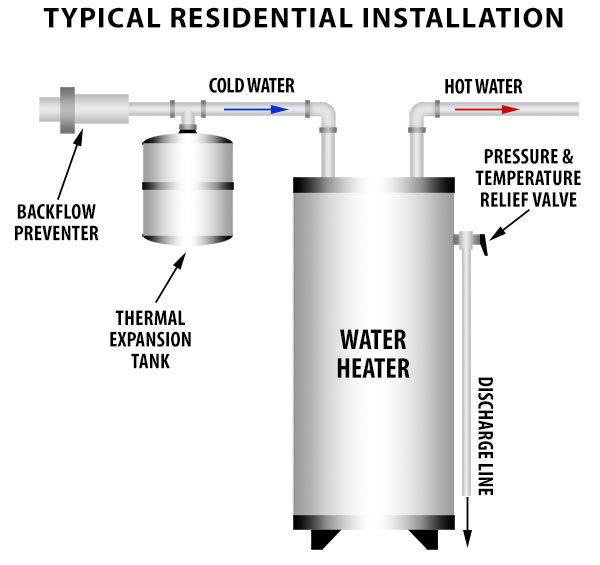
© 2025 brsupplyinc.com All rights reserved.Powered by SimpleApps